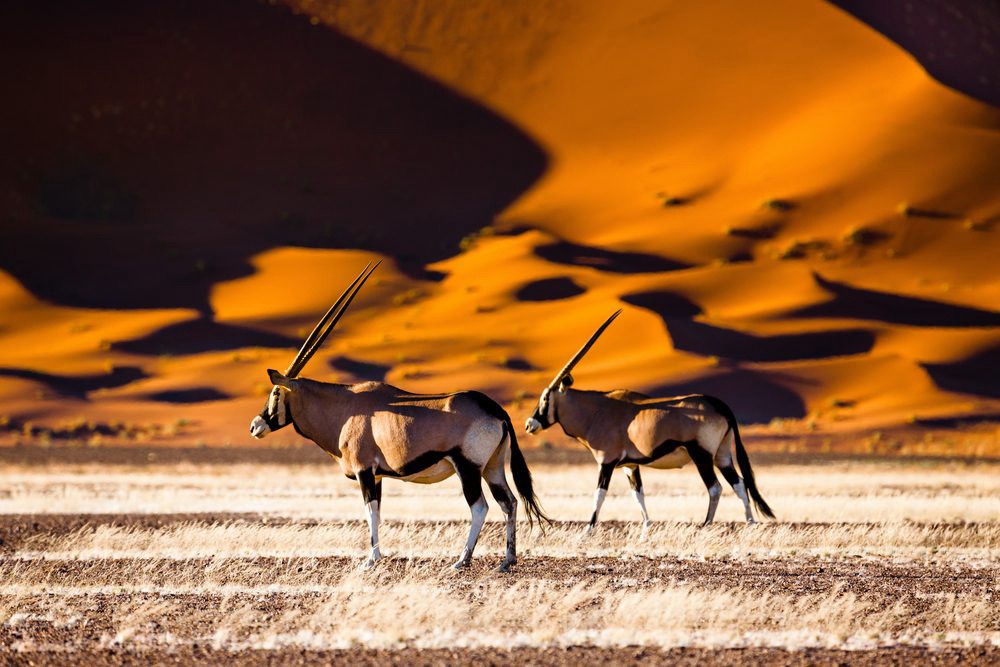The grandeur of nature often exceeds human boundaries, a fact that is particularly evident in the vast reaches of the world’s largest national parks. These breathtaking areas not only provide stunning landscapes and diverse ecosystems but also cover regions that rival or surpass the size of many countries. Join us on a journey to explore these immense natural sanctuaries.
5. Denali National Park and Preserve, USA
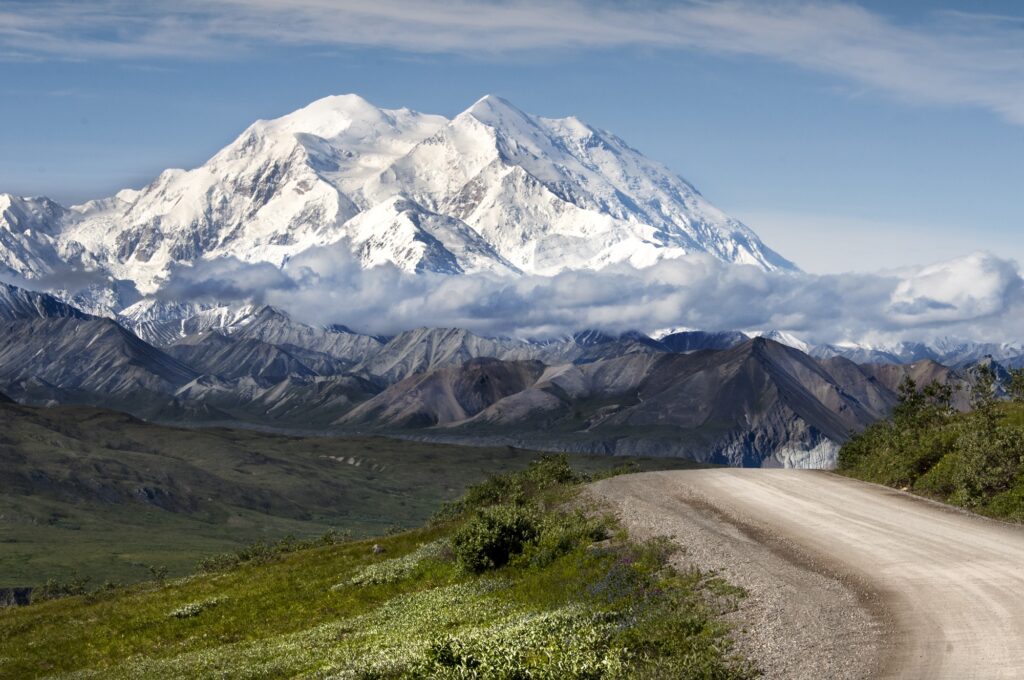
Denali National Park and Preserve, located in south-central Alaska, U.S., is a vast region characterized by untouched alpine tundra and boreal forest (taiga). It is situated roughly halfway between Fairbanks to the northeast and Anchorage to the south-southeast, about 200 miles (320 km) south of the Arctic Circle, within the subarctic climate zone.
At the heart of the park is Denali, the highest peak in North America, standing at 20,310 feet. The park, along with the contiguous preserve, covers 6,045,153 acres (9,446 sq mi; 24,464 km²), making it larger than the state of New Hampshire. On December 2, 1980, the 2,146,580-acre (3,354 sq mi; 8,687 km²) Denali Wilderness was established within the park. This area features a variety of landscapes, from deciduous taiga forests at the lowest elevations to tundra at middle elevations and glaciers, snow, and bare rock at the highest elevations. The Kahiltna Glacier is the longest glacier in the park. Winter activities include dog sledding, cross-country skiing, and snowmobiling.
Human habitation in the Denali Region dates back more than 11,000 years, with archaeological sites just outside the park boundaries dated to over 8,000 years ago. However, relatively few archaeological sites have been found within the park due to its high elevation, harsh winter conditions, and limited resources compared to lower elevations.
In 2022, Denali National Park received 427,562 visitors, continuing to attract those seeking solitude, tranquility, and wilderness.
4. Namib-Naukluft Park, Namibia
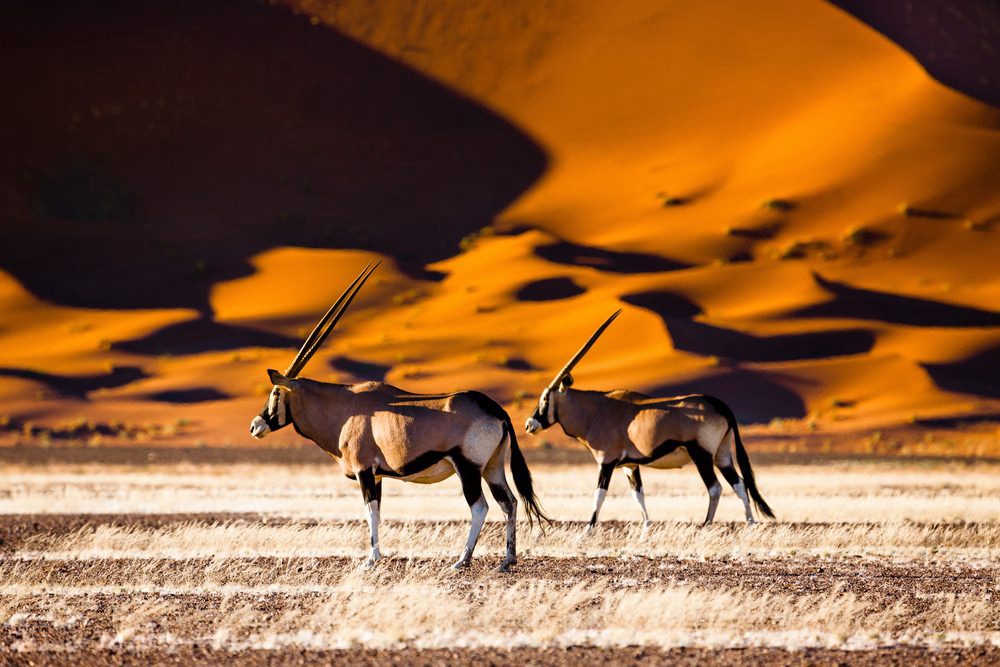
Namib-Naukluft Park, a national treasure of Namibia, is renowned for its vast and diverse landscapes. As the largest game park in Africa and the fourth largest in the world, it spans 49,768 km². The park encompasses the Namib Desert, known as the world’s oldest desert, the scenic Naukluft mountain range, and the lagoon at Sandwich Harbour.
A major attraction for visitors is Sossusvlei, a clay pan surrounded by some of the tallest and most striking dunes in the world, their burnt orange hue indicating their ancient origins. The park also supports a surprising variety of wildlife, including snakes, geckos, hyenas, gemsboks, and leopards, all adapted to the hyper-arid environment.
Geographically, the park is notable for its high, isolated inselbergs and kopjes—rocky outcrops featuring dramatic blood-red granites rich in feldspars and sandstone. The eastern part of the park includes the Naukluft Mountains, where fog from the Atlantic Ocean brings in more moisture, contributing to the unique ecosystem.
Established in 1907 during the German Colonial Administration, Namib-Naukluft Park is a place of both natural beauty and historical significance. It offers opportunities for hiking, wildlife photography, and soaking in breathtaking views, making it a must-visit for nature enthusiasts seeking to experience the raw and untouched beauty of the African wilderness.
3. Wood Buffalo National Park, Canada
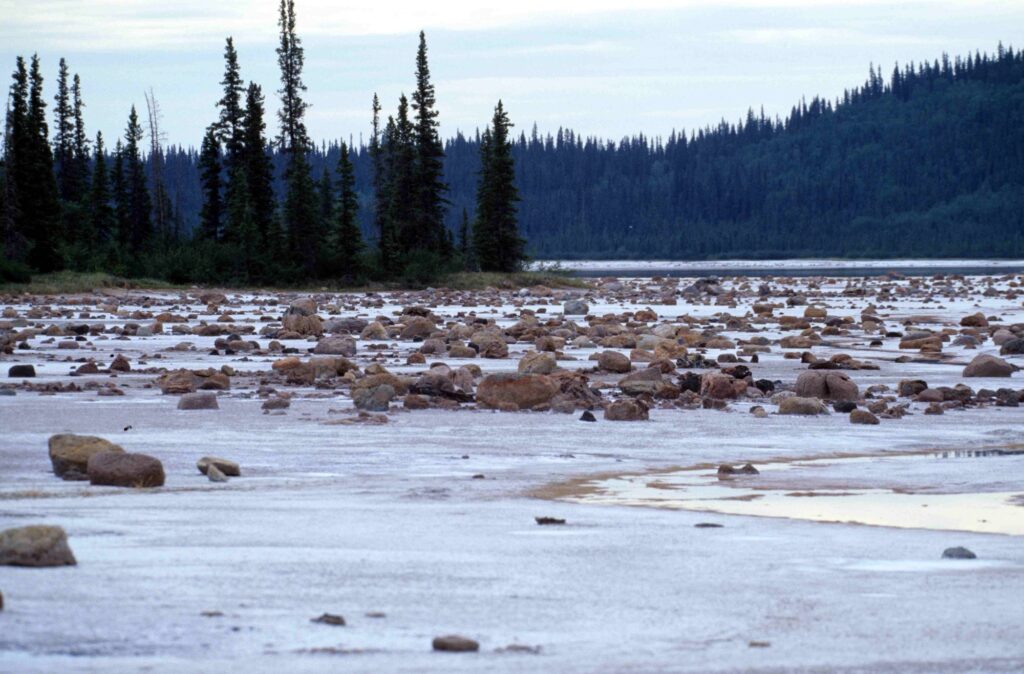
Wood Buffalo National Park in Canada is a globally significant natural area. It is the largest national park in Canada and among the largest worldwide, spanning 44,741 km² (17,275 sq mi), making it larger than Switzerland. The park plays a crucial role in preserving habitats for several endangered species.
It hosts the world’s largest herd of free-roaming wood bison, vital nesting grounds for the endangered whooping crane, and the Peace-Athabasca Delta, one of the world’s largest freshwater deltas. The park also features unique karst landscapes and caves and is part of the traditional territories of the Dene, Cree, and Métis peoples.
In 1983, Wood Buffalo National Park was designated a UNESCO World Heritage Site for its biological diversity, especially the Peace-Athabasca Delta, and for housing the most ecologically complete and largest wild bison population, representing the Great Plains-Boreal grassland ecosystem of North America. Additionally, in 2013, it was named the world’s largest dark-sky preserve by the Royal Astronomical Society of Canada, preserving nighttime ecology and offering visitors the chance to see the northern lights.
Wood Buffalo National Park highlights the significance of conservation efforts and the protection of unique ecosystems and species, offering visitors a glimpse into Canada’s untouched wilderness and natural beauty.
2. Northeast Greenland National Park, Greenland
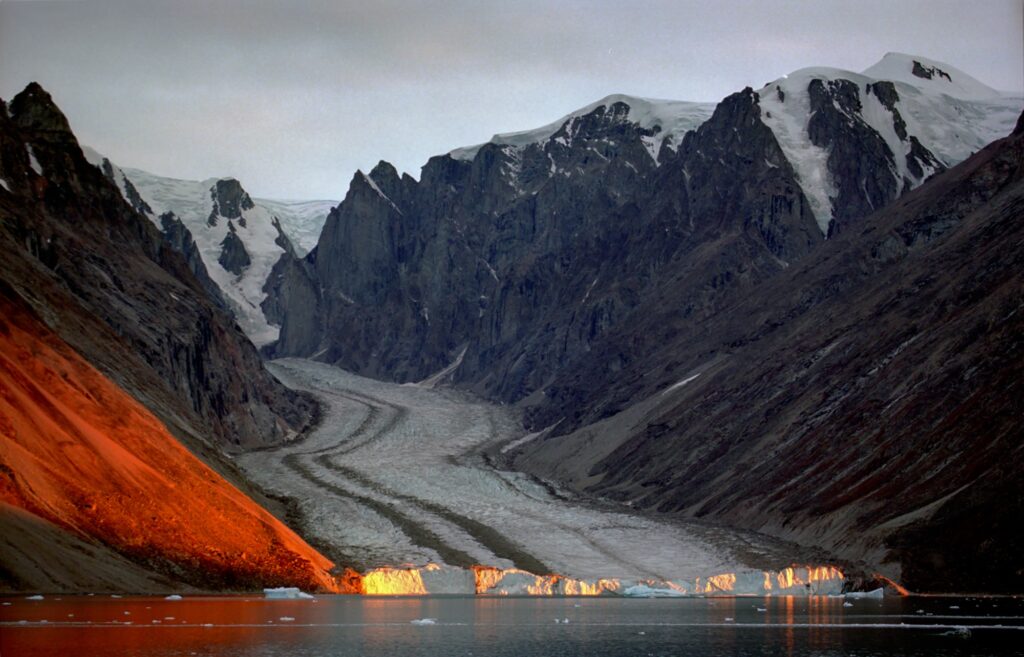
Northeast Greenland National Park is an immense wilderness area in Greenland, recognized as the world’s largest national park. Spanning 972,000 km² (375,000 sq mi), it is larger than many nations, exceeding the size of Tanzania and nearly matching Egypt’s land area. This makes the park bigger than 166 of the world’s 195 countries.
Established on May 21, 1974, and expanded to its current size in 1988, the park encompasses parts of the interior and northeastern coast of Greenland. It includes sections of the Greenland Ice Sheet and features extensive ice-free areas along the coast and in Peary Land to the north.
The park is so remote and unspoiled that it has no permanent human inhabitants. Instead, it supports a variety of wildlife and serves purposes such as research, military operations, and meteorology. Northeast Greenland National Park is a stunning example of untouched natural beauty and grandeur.
1. Wrangell-St. Elias National Park, USA
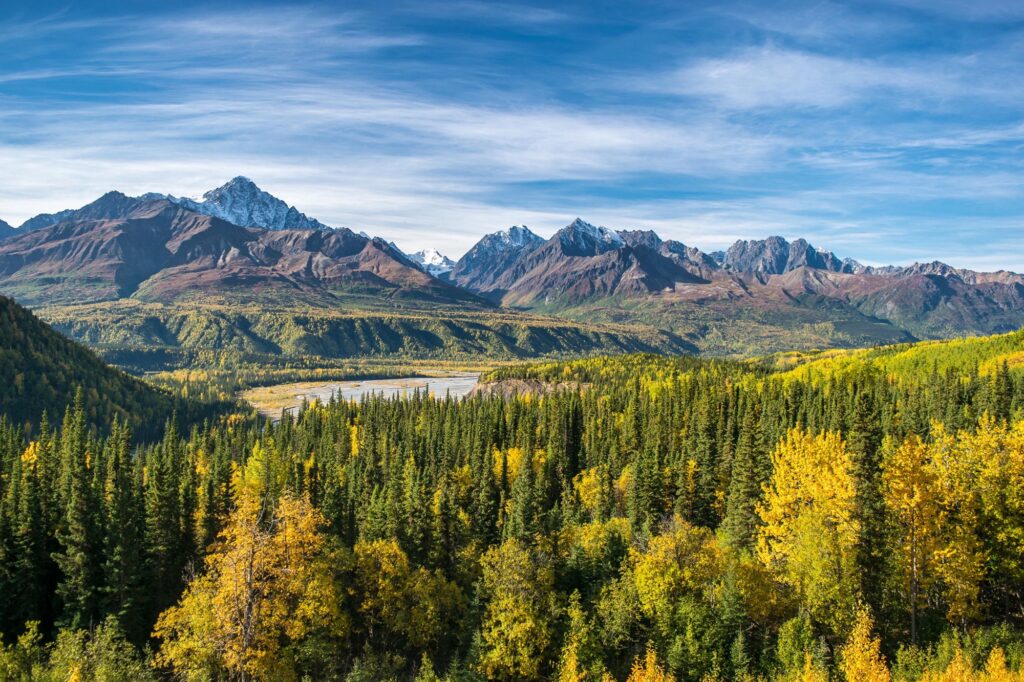
Wrangell-St. Elias National Park in the USA is an extraordinary natural wonder, recognized as America’s largest national park, covering over 13.2 million acres. This massive park stretches from the ocean to an elevation of 18,008 feet. Its vastness is such that it rivals the combined size of Yellowstone National Park, Yosemite National Park, and the entire country of Switzerland!
Part of an International Biosphere Reserve, Wrangell-St. Elias is included in the Kluane/Wrangell-St. Elias/Glacier Bay/Tatshenshini-Alsek UNESCO World Heritage Site. It features a diverse array of ecosystems, ranging from temperate rainforests to tundra, and hosts an incredible variety of wildlife.
With its breathtaking landscapes, which include some of the highest peaks in the United States and Canada and a significant number of glaciers, Wrangell-St. Elias stands out as a destination of immense natural beauty and grandeur.
